… sailing over a cardboard sea.
The sun came out and I raced down to the locks where, just a few days before, I’d seen the most perfect light on alighting herons. There’s a rookery that spans a ravine, the northern terminus of which is at the Ballard Locks. Several Great Blue Heron couples (Ardea herodias) took up residence there last month, as they do each year … above the roar of the spillway, the red-alert blasts of the lock warnings, the fish ladder which will beckon soon to returning salmon. Perhaps, most significantly, they nest and roost above a busy human pathway and tourist attraction. In fact, a lot of people walk by without even looking up at the trees where these prehistoric silhouettes reign. And when they do, it’s usually with awe.
This year, the Great Blues have more than their share of tree-mates in the form of Double-crested Cormorants. A gentleman told me that they’d stripped some trees farther up the ship canal, forcing cormorants farther west. If so, that might explain the 15 or so Double-crested heads I saw preening in the outer limbs. As I approached, I also noticed one of my favorite juxtapositions: bird and moon.
Even at a high f-stop, it’s difficult to get both bird and moon in focus and properly exposed, given the mechanics of the placement, the telephoto lens, etc. I always prefer to shoot a single exposure, but couldn’t get away with it this time and still have the moon perfectly sharp.


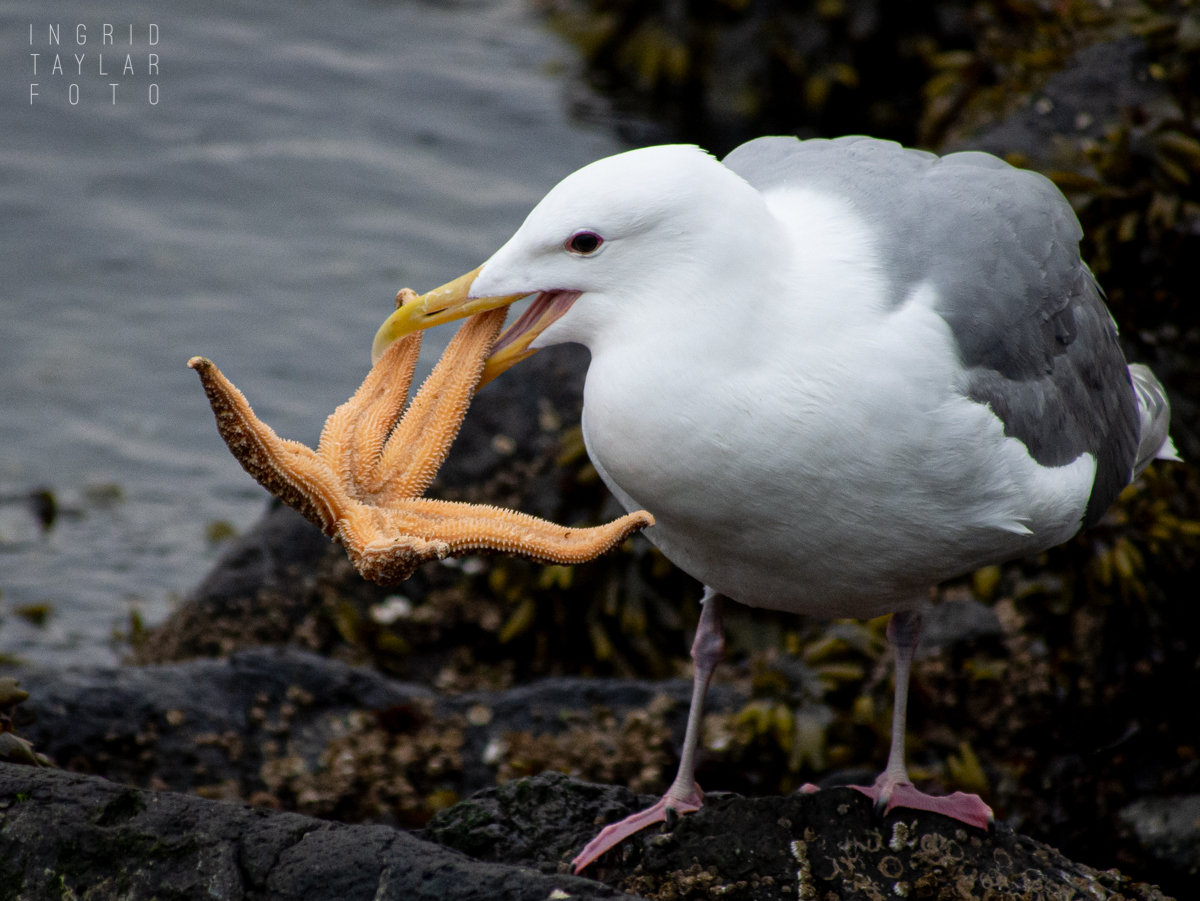
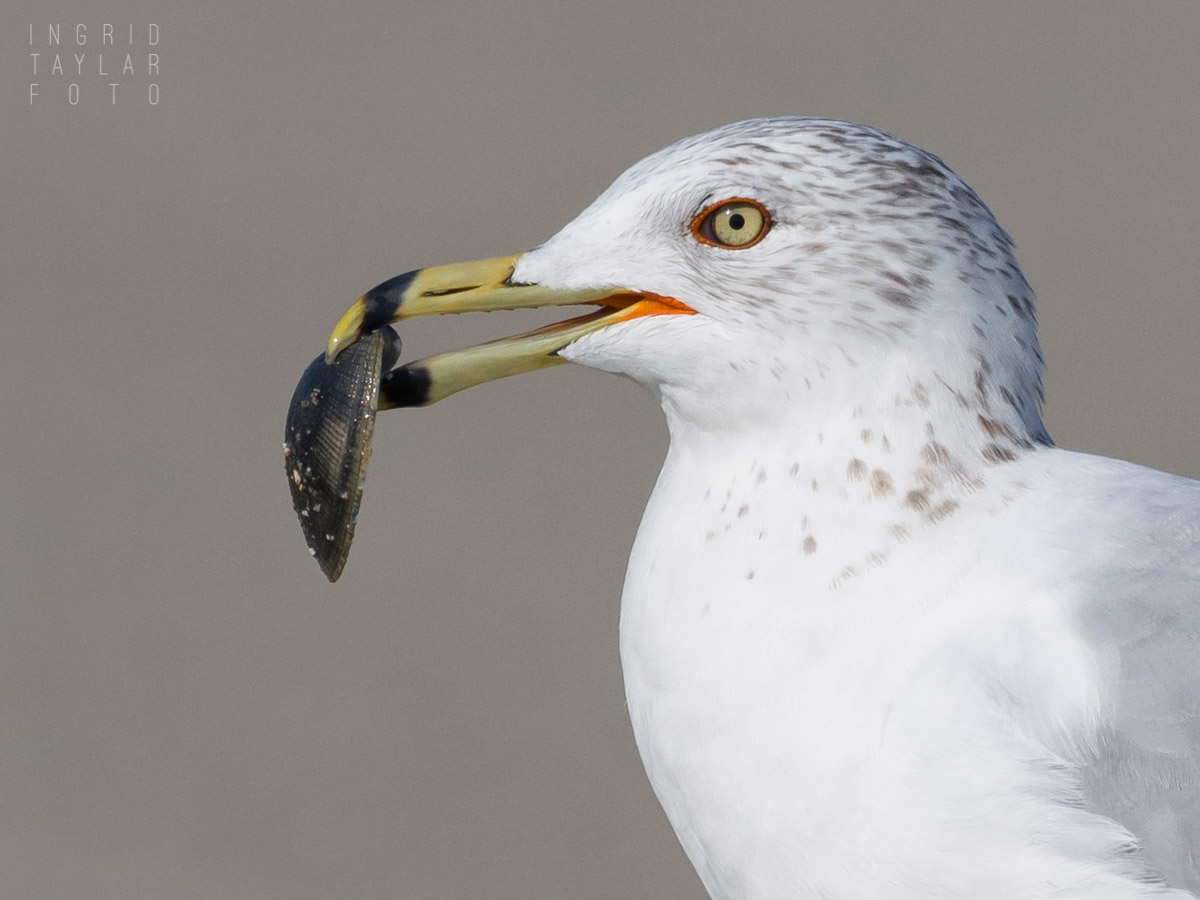
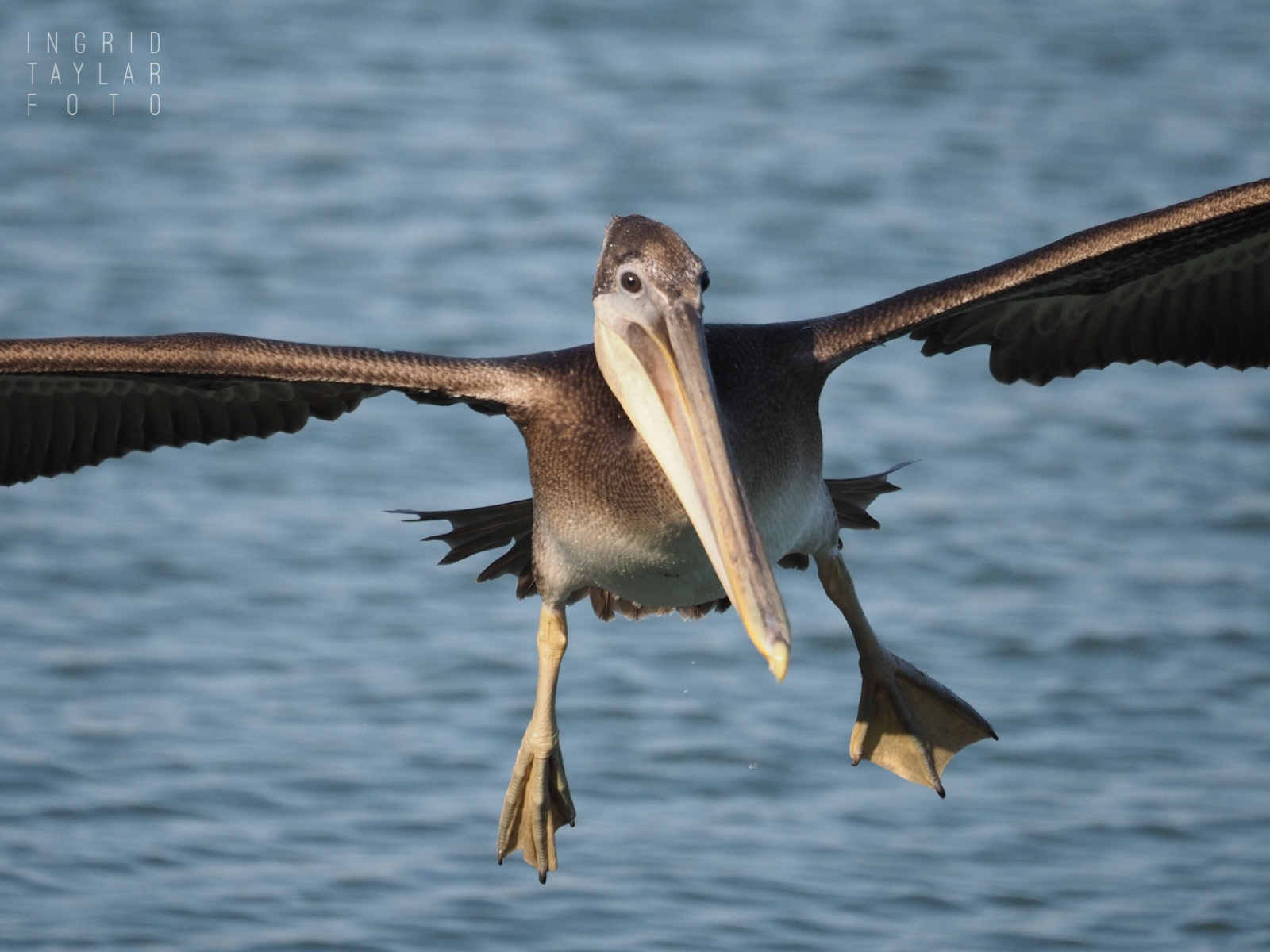
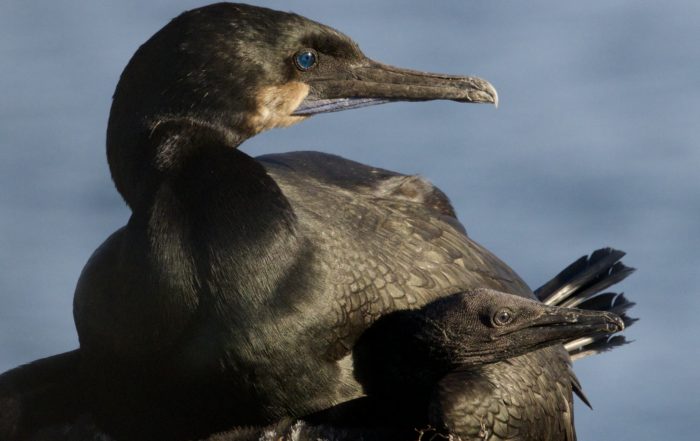
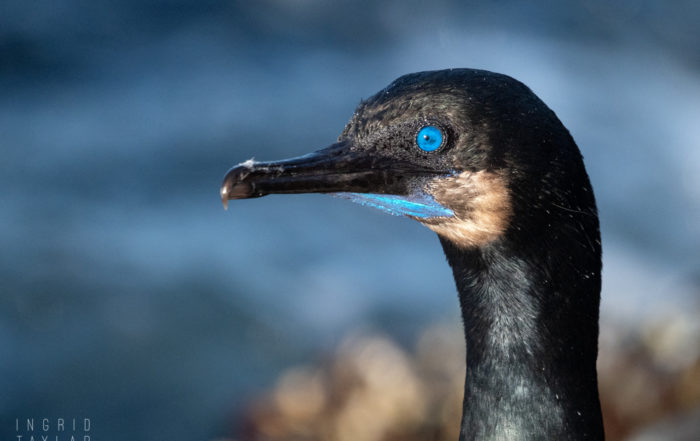
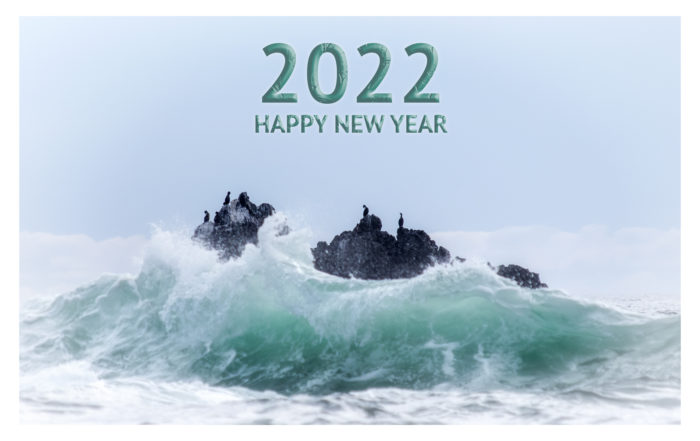
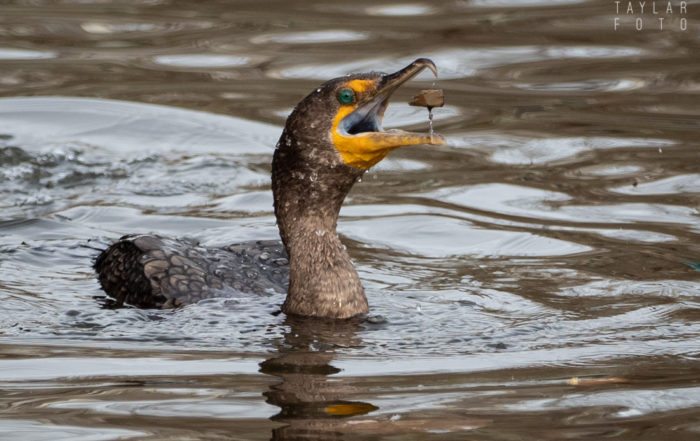
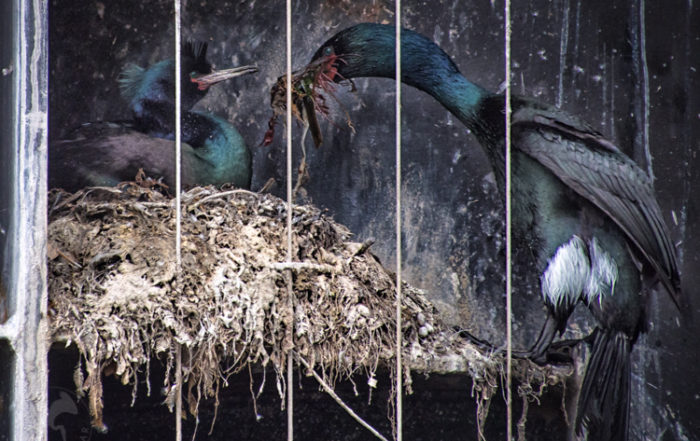
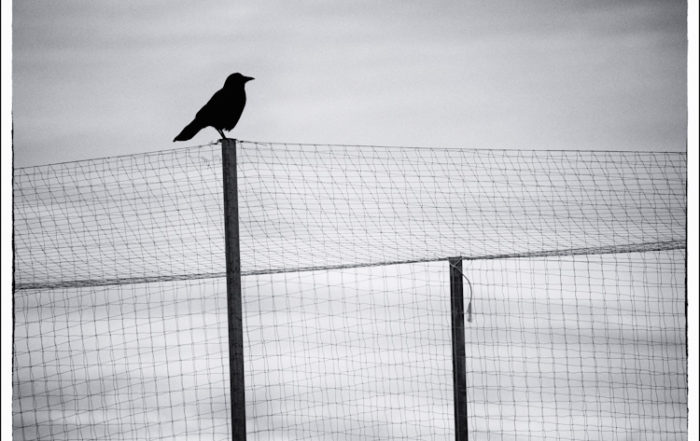
Beautiful!
Muchas gracias!
Two exposures is the only way to go. A graduated ND filter would not help with focus and the sky would look weird.
Thanks, Glenn. I realize the focus would still be off on a shot like the one above. But say you shoot wider with sharper focus on both foreground and moon, I was thinking an ND filter could help correct for an over-exposed moon?
The moon and bird look to exposed correctly in these shots. Not sure how the partial ND filter would work, perhaps in a landscape. Worth experimenting if you have the filter.
Yeah, you’re right — it would have to be in a landscape situation where I can’t get perfect exposures on both foreground and moon — later in the night. I always shoot two exposures in those cases, too.